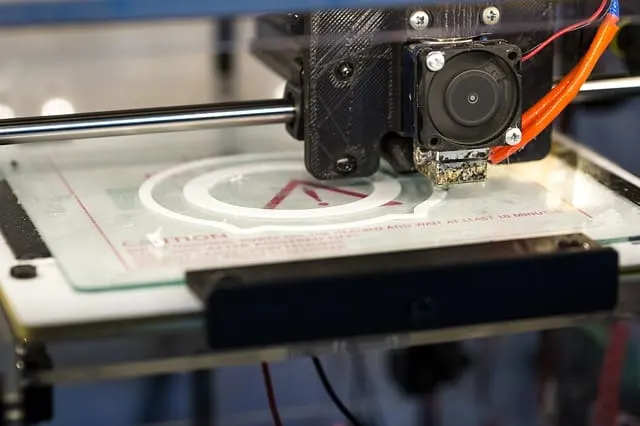
Over the past decade, technological advancements have exploded in response to the market’s demands. Now we can hardly imagine advertising or design industries without 3D visualizations, and 3D rendering services allow professionals to enhance marketing materials and presentations by creating realistic representations of design concepts.
3D visualizations can be used in a variety of ways. For example, the use of CGI visualizations by real estate developers and design teams has significantly improved presentation materials. Preparing a visual presentation of the product is now easier than ever before, as no hand sketching or drafting is needed any longer.
To get a better sense of what the final product will look like, 3D visualizations are the best solution. And your potential clients will be more receptive to your concepts if you can give them a glimpse of the finished product before they commit to anything.
And so, in this article, we show you the top five trends in the industry!
1. VR Tours for New Buildings
VR tours allow everyone to experience the spaces being designed, even if they can’t physically be there in person. These virtual reality tours can include a wide range of information and be useful for a variety of purposes, including spatial planning. A great way to make sure that everyone is looking at the same thing and on the same page is to use this technique.
Virtual reality tours can also assist customers in visualizing themselves in a new building through the perspective of a virtual tour guide in virtual reality. This enables them to comprehend the building’s scale and the movement of spaces. Virtual reality tours can also be used as marketing material. Taking this one step further, VR tours can be provided to prospective tenants while the building is still under construction if spaces are being sublet.
2. Bringing a Floor Plan to Life
3D visualizations allow architects to create a wide variety of materials, which is one of their greatest advantages. One of the most important design elements can now be better communicated through the use of 3D floor plans. Virtual models of 2D drawings can be enhanced through the art of rendering to produce a more visually appealing result.
As part of the design process, floor plans play a key role in determining how much space each room should have. Fixtures and furniture should be considered to have a better sense of what can and can’t fit in a room. Thanks to 3D floor plans, all these components can be represented correctly. In a 2D format, it would be impossible to see such details as ceiling heights and vertical elements.
3. Creating CG Panoramas
It is possible to create a photorealistic environment in which users can explore every corner of a room, examine the smallest of details, and get a sense of the room’s overall atmosphere as if they were actually there.
It especially matters during the refurbishing of an apartment. 3D visualization is a great way to see if a conceptual design is heading in the right direction and if the client is on board with it. More information can be conveyed in an immersive experience than in standard still photos or even drawings. An interactive CG panorama can give a better idea of how the finished space will look and feel.
This technology has found heavy use in the gaming industry as the VR market has taken hold.
Virtually being in the game’s physical space while designing levels and dungeons allow designers to see whether the game’s internal design elements help gamers find their way through the game world and whether exploration is easy or clunky.
4. Animation and Walkthroughs
For decades, animation has been an essential part of the visualization process. Firms that want to impress their clients with something new can now turn to animation, which requires time, talent, and a significant amount of computing power. But it is worth it, as 3D animation technology is beginning to find a foothold in every form of the animated showcase of the product, making the designs much more realistic and immersive.
Animations can provide information and insights that would otherwise be impossible to get. For example, flyover views of exterior spaces show off architectural details which you can hardly notice from the earth’s surface.
So, there’s no need to argue that an eye-catching video component is one of the most effective means of communicating concepts and design choices to the audience.
5. 3D Printing Support
In the past, building physical models out of gyp board and foam core required an extremely steady hand, but it also added a significant amount of money to the overall design budget.
In today’s world of 3D printing, designers can concentrate on the design itself and create small models that give them all the information of a physical model without having to break their budgets. It’s not uncommon for companies to purchase 3D printers and run them 24 hours a day to create detailed, accurate and scalable models to display their designs.
Conclusion
Growing technological proliferation and increasing demand for 3D visualization and technologies are expected to propel the market to exponential growth. Over the next few years, the 3D visualization and rendering software market is expected to benefit from the increasing use of VFX in a variety of media and entertainment applications. This makes it an exciting time to get into this world! What are you waiting for?
- Sagittarius Man & Gemini Woman Love and Sex Compatibility - January 31, 2024
- Taurus Ascendant Rising Personality Traits in Men (Guide) - January 31, 2024
- How to Seduce and Attract a Sagittarius Man (Seduction Tips) - January 31, 2024
